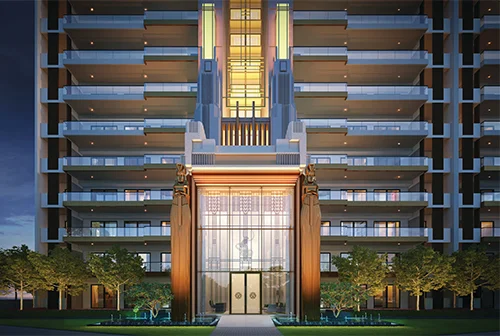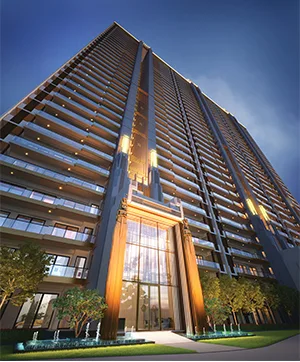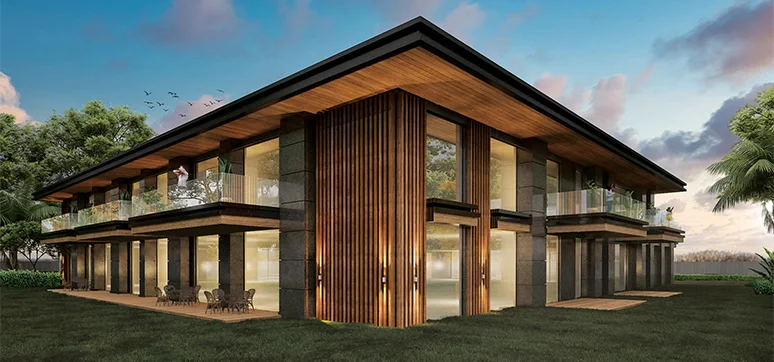A building’s façade is a crucial element in its design, offering architects a canvas to impart character and customisation. Although a façade is often associated with exterior aesthetic purposes, designing an active and multifunctional façade is the way forward. In the context of our evolving focus on sustainability and the pursuit of carbon neutrality, innovative façade designs integrating renewable energy sources have become imperative. Simultaneously, facades must adopt advanced glazing technologies and smart materials to enhance energy efficiency, allowing optimal daylight control and improved insulation. This holistic approach to design will contribute significantly to the global goal of achieving net-zero carbon emissions by 2050.
FACADE & FENESTRATION MATERIALS & TECHNOLOGIES FOR THE FUTURE

As more and more people are shifting away from standard building structures and are instead opting for a sustainable yet practical design approach, building facades are likely to evolve — and, in a way — act as the second skin of the building in the foreseeable future. For instance, ‘breathable and green facades’ with ample vegetation on every level can provide natural shading & reduce indoor temperatures. Additionally, facades must be equipped to grow greens on them by creating modules that enable easy maintenance of services such as water supply and growing materials. Innovative materials like breathable concrete and clear glass that can act as solar panels are other options. There is a huge potential for poly materials from waste, and by-products which could be converted into façade construction materials.
Due to India’s climatic and geographic conditions, a shift in renewable energy through facade designs can easily be implemented in Indian architecture. Seasonally, average wind speeds may also be suitable for harvesting wind energy and hydropower. While solar energy is one of the promising renewable energy sources in Indian parameters, we still lack the space for mega-solar installations.

Sustainability trends are inevitably impacting consumer and commercial choices, making the ability to produce on-site renewable energy a foreseeable mandate in the real estate industries. In our efforts to harvest solar energy through dual-purpose façade materials such as breathable concrete, recycled poly materials and clear glass, it is critical to consider a holistic approach for all design elements, including a building facade.
Solar panels have ideally been used on roofs, but we must find ways to integrate them on facades innovatively, considering the amount of sunlight that falls on these vertical surfaces. Without restricting creative ideas, facades must be able to tap all-natural elements like wind, humidity, and sunlight to harness the energy, making buildings self-reliant and energy efficient. Future-proofing buildings with such innovations can ensure carbon-neutral cities by 2050.














